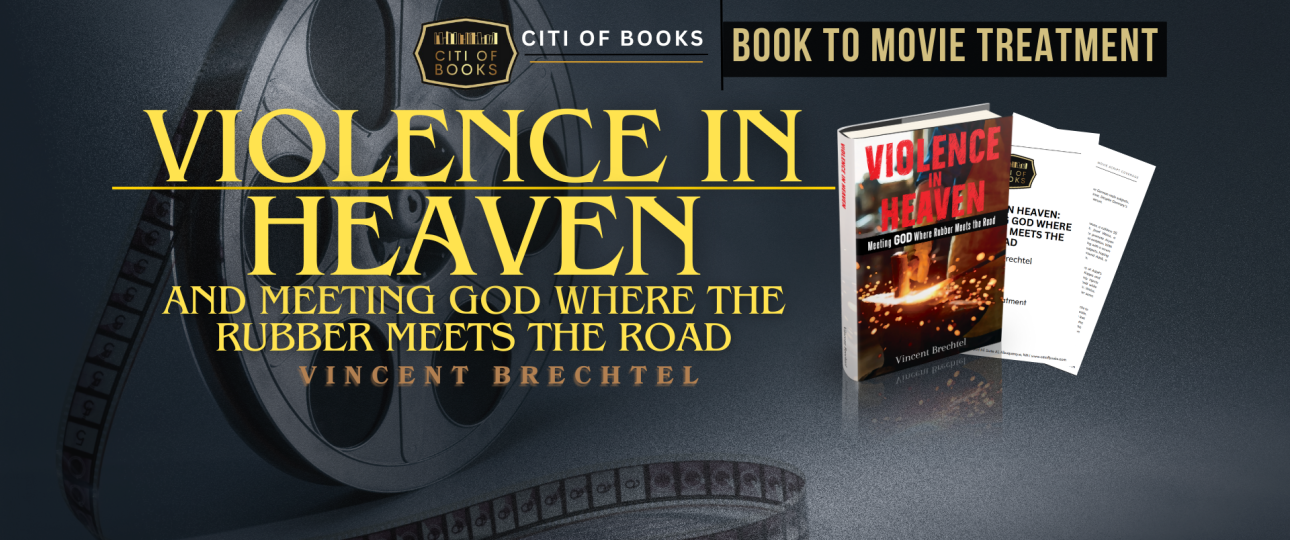
A movie treatment presents the idea of the film before writing the entire script. It highlights the most important information about the film that came from the book; it includes the title, logline, story summary (that may be presented as three-act movie plot summaries), and character description. Treatments also give authors the chance to condense their story concept so they can pitch it to studio heads or producers who might want to fund the movie.
“Violence in Heaven: And Meeting God Where the Rubber Meets the Road” by Vincent Brechtel received the Book to Hollywood Movie Treatment after the successful movie script coverage that was previously written for the book. Considering the suggestions from the first level of writing a screenplay, the movie treatment shows the flow of the story that’ll be good on screen as it shows the thrill and suspense of how the characters deal with the conflict.
Vincent Brechtel spent three decades chasing a technical career and finding success but not a fulfilling, peaceful sense of well-being, that returning to his family’s homestead farmland has helped him to fully recapture. In all cases, whether within a city or upon remote rolling plains Vincent has ever been guided to seek brotherly fellowship (unity), oneness, across the wide spectrum of Christian faith churches, most fondly, the Cowboy Churches. He retains a notable formal affiliation with the Orthodox Catholic faith, which still has the head bishop residing ‘First Chair of St. Peter’ in Antioch (Syria).
“Violence in Heaven: And Meeting God Where the Rubber Meets the Road” by Vincent Brechtel skillfully combines personal storytelling with spiritual allegory, offering a deep examination of faith, suffering, and redemption. Although some transitions between events could be improved, the narrative resonates profoundly with anyone who has encountered personal struggles. Set against the backdrop of Aspot’s tumultuous life, the story serves as a compelling metaphor for spiritual growth, comparing the process to metal being forged and refined by a divine craftsman.
Aspot’s journey begins after experiencing heartbreak and loss, as he leaves behind a fractured marriage and a long-term job. Riding his aging motorcycle through harsh weather, he reaches a pivotal moment beneath an interstate overpass, where the sight of a mysterious cross ignites a significant spiritual awakening. His path is fraught with challenges, including difficulties with his children and encounters with dangerous individuals. However, moments of divine intervention—such as unexpected provisions and signs—bolster his developing faith and help him navigate life’s obstacles.
As Aspot progresses on his journey, he meets various individuals who test and strengthen his beliefs, underscoring the moral that genuine faith demands action, patience, and trust. “Violence in Heaven” emphasizes the importance of facing life’s trials to become deeply rooted in one’s beliefs, making it relatable to anyone dealing with adversity. A faith-based drama adaptation could vividly illustrate Aspot’s transformative journey, highlighting the metaphor of spiritual growth and the lasting power of faith. Ultimately, the story conveys that through suffering and challenges, individuals can uncover deeper meaning and forge a stronger connection with the divine.

